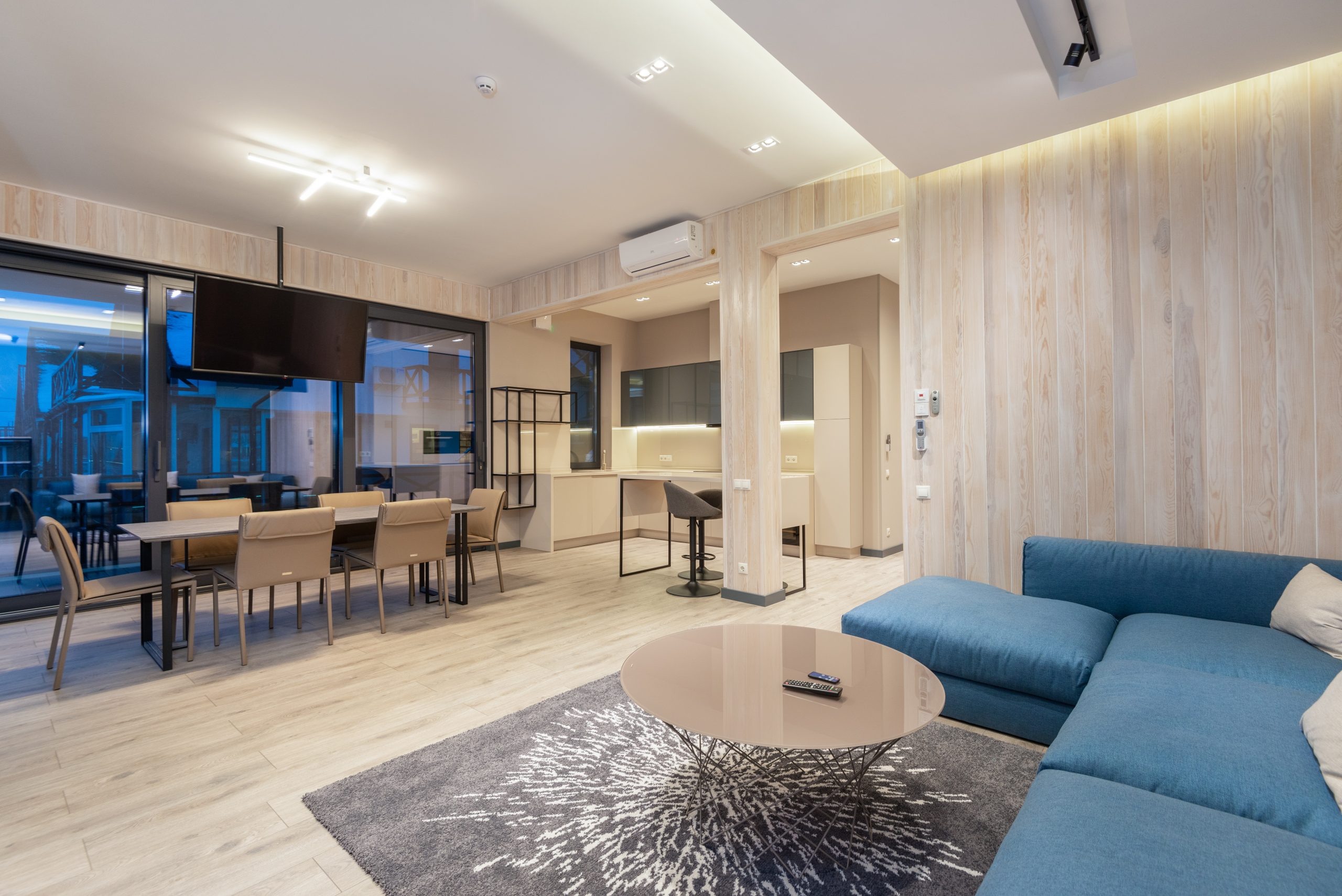
Home-care Tech is Here to Stay
Smart tech has dropped in price and risen in popularity over the past two years. For many, a few tools make living at home in their communities viable. Smart tech for home-care can fill many roles:
- Monitor safety
- Automate repetitive tasks
- Long-distance communication
Developers have made tools to meet the market demand. Different combinations of sensors, notifications, and communication tools can perform tasks that used to require caregivers. In some cases sophisticated tools offer new features not available before. These tools work together to prevent and respond to emergencies, manage regular care, and support better communication.
Here are some examples of practical smart tech for home-care:
Tools for kitchen safety – Meals used to account for a significant portion of burden of care before helpful items hit the mass market. Jar-openers, pull-down shelf racks and other things appeal to all cooks drive down the price of devices that mean big gains in independence for the aged and disabled. One device will sound an alarm when you leave the stove on. Everyone can agree the earlier catch is superior to a smoke alarm.
Apps for medication– Prescription management used to be a time consuming errand. Electronic prescriptions were a huge leap forward. Automatic refills and daily reminders are the next logical step forward.
Motion sensors – The same kinds of sensors businesses have been using to detect unwanted motion at night have a new purpose, detecting a lack of motion. Independent adults don’t want a camera surveying them, and caregivers don’t want the task of checking in. Motion sensors can let the right people know if somebody is not moving around the home as usual.
Health monitors – Apple watches include a high-grade heart sensor and keen motion detectors. Because they can detect cardiac events and falls, Apple watches qualify as a medical device. Quite a leap forward from push-button call systems.
Meal and grocery service – Grocery delivery services are convenient and affordable. They allow us to get the foods we like and need. Grocery services shift that task from caregivers to people who specialize in picking the shelves. Patients don’t need to drive out to the store nor relay their grocery preferences to each caregiver.
Mobility and access tools – Adjustable beds used to be a luxury item, but the price has dropped into the affordable range over the last 30+ years. The same goes for door-opening sensors and motion-sensitive lights.
In many cases, the biggest barrier to success is not the cost or design, but reluctance on the part of the users. Sometimes the patient resists change or mistrusts the tech; other times the caregiver is skeptical about change or believes tech will threaten their role. If you or someone you care for is skeptical of or outright opposes adopting new tools, consider these points:
Smart tech for home-care will not replace caregivers.
Tools that save caregivers time or eliminate redundant tasks altogether will free up caregivers’ time and energy. Aides and family can focus more on things only a person can do. Imagine if caregivers spent less time managing meds and more time with home maintenance, personal care, and socializing.
Tech tools for home care are more usable than ever.
Touch screens and improved LED displays make interacting with your tech a smoother experience than when consumer tech first went to market. Advancements led to faster processing and more sophisticated settings. Generally, years of user feedback have informed improvements all around.
Smart tech for healthcare improves outcomes and quality of life.
The world interacts through mobile tech now. Much as we had to get used to phones and fax business, text messages and video chats are just the way it is now. Our loved ones live in these spaces, so go ahead and join them.
The numbers are in and these systems work.
Even the most reliable caregiver can run into hassles that interrupt the routine. An automatic system for remembering medication can only help. A responsive smart monitor will never leave you unattended. In urgent situations like a fall or stroke, even a few moments of response time can mean the difference between recovering at home or in an institutionalized setting.
Wondering how to pay for these improvements and services? Home modifications are a practical way to spend-down your resources before you apply for Medicaid. Medicaid recipients must spend down income on qualifying costs; aides and apps fit the bill. Your Medicaid advisor can explain how adopting smart tech will get you closer to qualifying for ABD Medicaid and make your home suitable for the long term.
Talk to a Medicaid Advisor about how strategic spend-down fits into your plans before you need home care.
